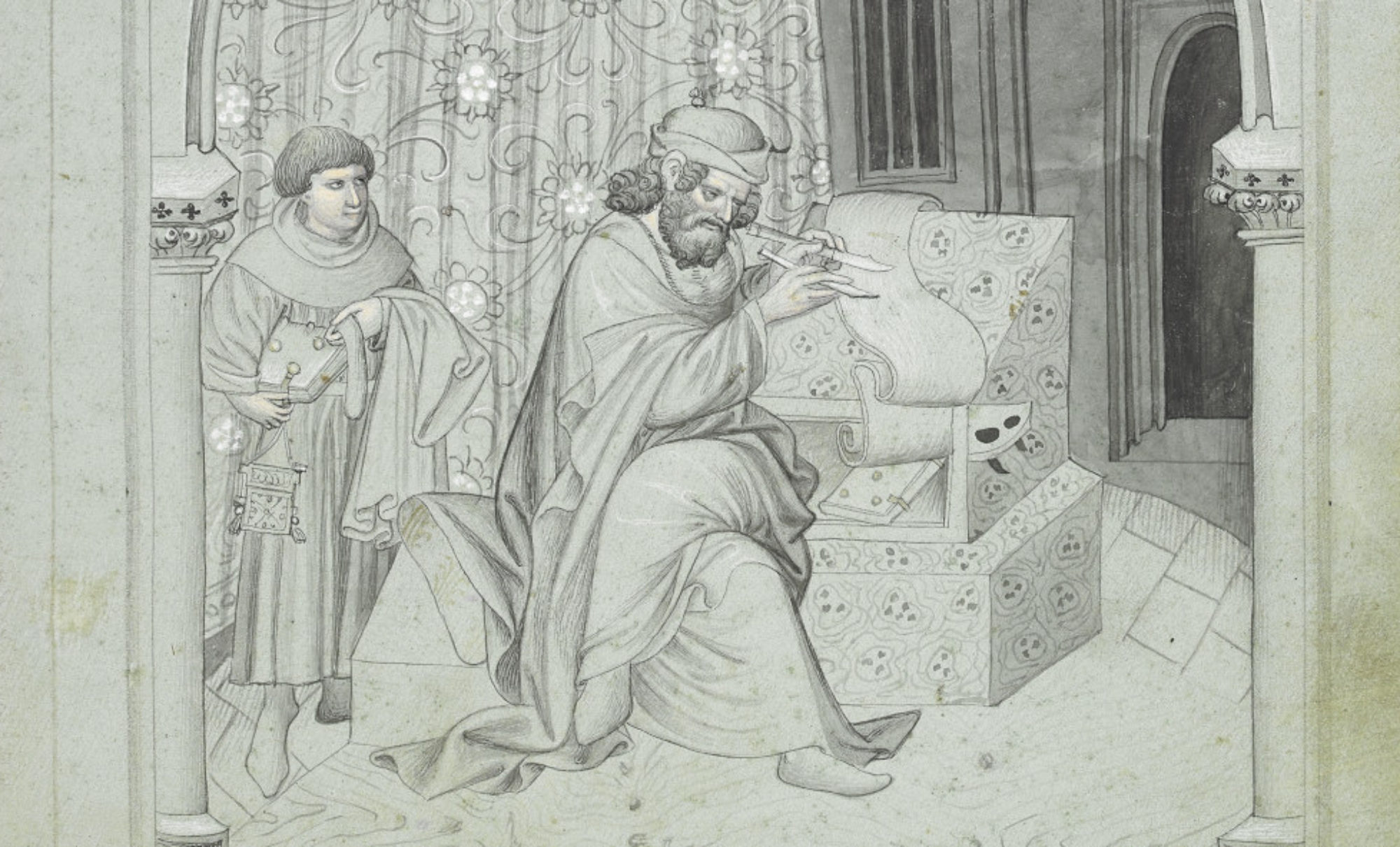Important Update 7/26/18: The Medieval Institute recently merged the Medieval Undergraduate Research website with this one. All posts from the old site have been transferred here, and the undergraduate content can now be found under the "Undergrad Wednesdays" category. The rest of the information in this post remains accurate and up-to-date.
The assignment below supports our ongoing efforts to promote instructors’ use of the Medieval Institute’s sites for pedagogical purposes. Maj-Britt Frenze graciously shared this sample from her course on Tolkien’s Mythologies and Monsters. The first sample assignment can be found here, and the original discussion of the Medieval Undergraduate Research page can be found here.
Extra Credit Blog Instructions:
For up to 5 points added to their final grade, students may compose a blog (c. 500 words) based on content from the course. Students may adapt an existing project from the course into blog formatting or compose entirely new material.
Students will receive 2 points on their final grade merely for completing the assignment, and up to 5 points for truly excellent work which can be published on the Notre Dame medievalist website for undergraduate research.
Blog content may be based solely on one or more medieval texts, may compare a medieval text with the works of J.R.R. Tolkien (or another fantasy author, if the student prefers), or may compare a medieval text with a modern film. [Potential questions to answer in your blog: How is this medieval text reimagined in a modern context? Why might any alterations have been made to the original story? What aspects of medieval works are still familiar and present in modern literature and film? Why are medieval themes so popular in story-telling today?]
The Blog posts will be graded on:
- Originality of Content: Did the student compose something new and exciting that delves deeply into a text/material?
- Careful and thorough use of source(s): Does the student incorporate a few short quotations from a medieval text? Does the student refer to movie scenes, etc, clearly so the audience can follow the student’s argument?
- Style: Does the student write in a clear manner? Has the student carefully proofread the piece?
Aesthetics: Did the student incorporate appropriate images and conform to any copyright restrictions? Does the design of the blog look appealing?
Maj-Britt Frenze
Ph.D. Candidate
Karrie Fuller, Ph.D.
University of Notre Dame/St. Mary’s College


